Let’s be honest. Some dogs are just messy eaters. You put down the bowl, turn around, and the next thing you know, there is food on the floor, water splashed everywhere, and kibble in places where it shouldn’t be.
Many dog breeds have funny or frustrating eating habits. Some dogs eat too fast. Others have big jowls or flat faces that make eating meals neatly nearly impossible. And some just get too excited about chowing down food to care where it lands!
In this blog, we will talk about the top ten dog breeds with the messiest eating habits.
Dog Breeds With The Messiest Eating Habits
1. Saint Bernard
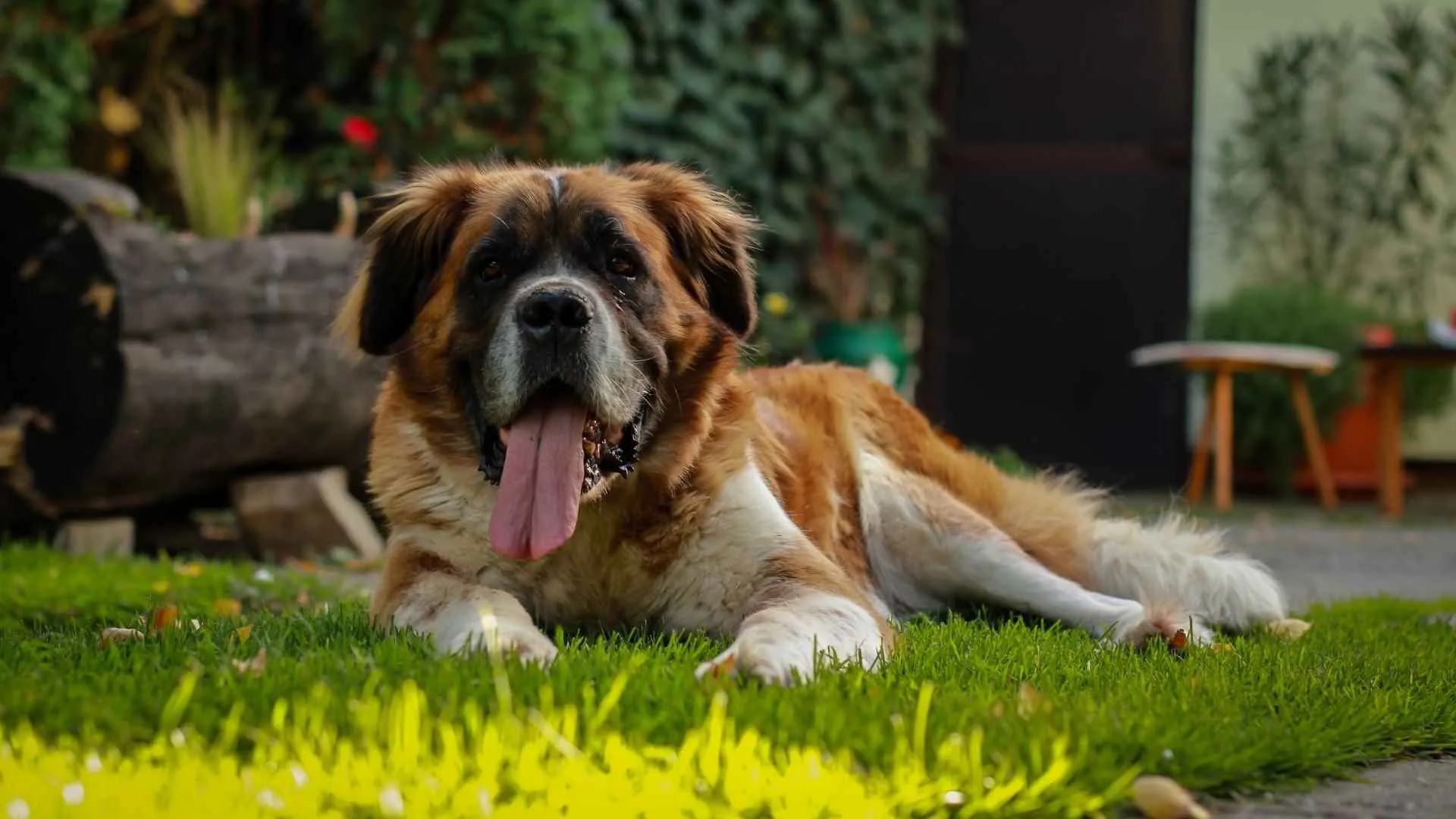
Saint Bernards were first bred in the Swiss Alps to help with mountain rescue. These gentle giants are known for their kind nature and strong build. They are normally calm and love being around people.
But when it comes to mealtimes, they are far from neat. Saint Bernards have big mouths, loose lips, and droopy jowls. This means that food and water often fall out of their bowls while they eat or drink. They also happen to drool a lot.
That makes the mess even bigger. Using a raised bowl may help reduce spills. But even with that, you will still need to wipe up often. A washable mat in a designated area can help make things easier to clean.
2. English Bulldog
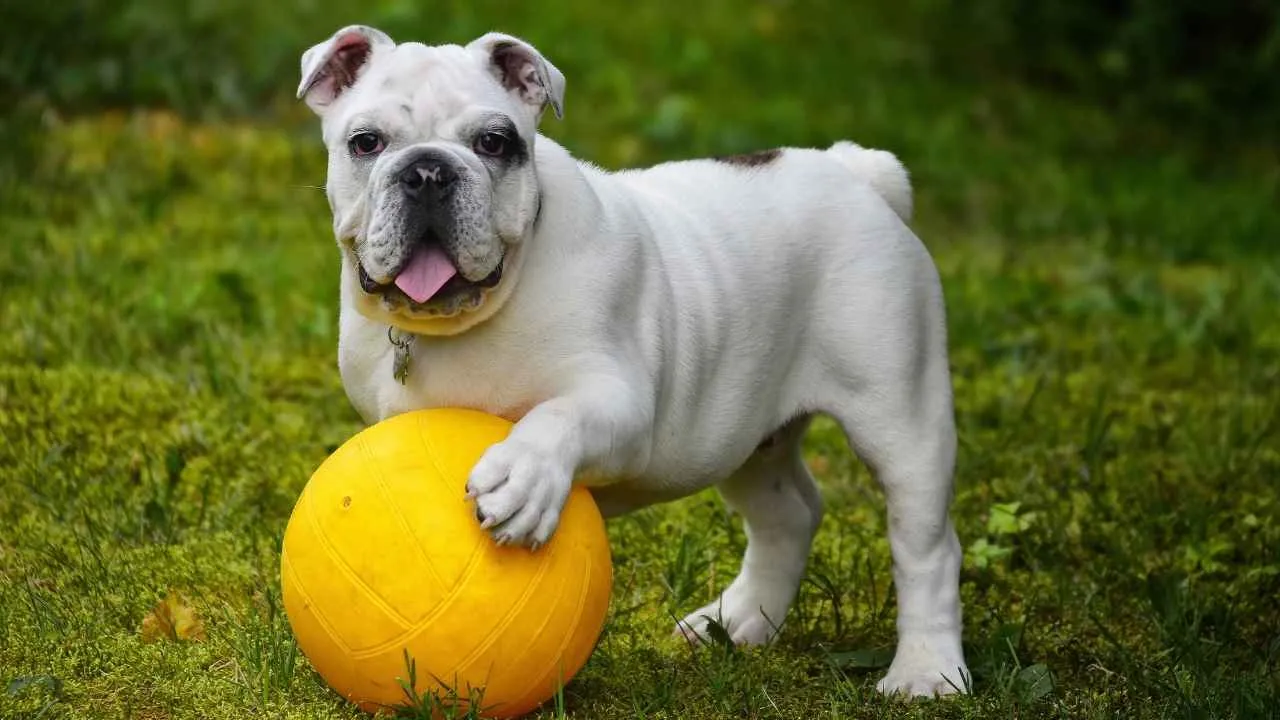
The English Bulldog comes from the British Isles sometime before the 13th century, as Hill’s Pet states. Even today, the English bulldog makes a fine family pet.
But even though they look serious, they can be very sloppy at meal times. Their flat face, short nose, and wide jaws make it hard for them to grab kibble the right way. Food can also get stuck in their wrinkled faces. This may lead to irritation or other skin issues if not cleaned frequently.
You can use a slow feeder or a specially shaped bowl to help them out. This makes it easier for them to eat and helps keep the food in one place.
3. Boxer
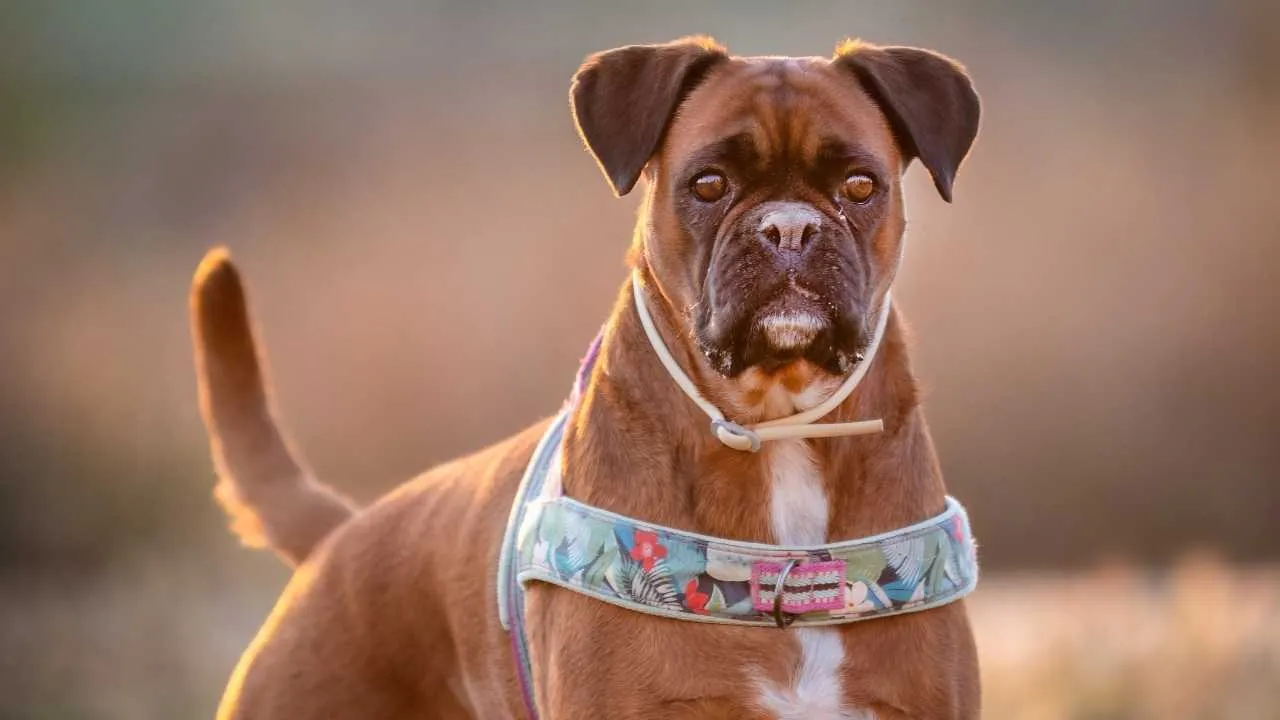
Boxers were first bred in Germany and are now one of the most popular dog breeds in America, according to the AKC. People love them for their loyal nature and fun personality.
But their energetic side shows up at mealtime too. Boxers are big-time messy eaters! They often eat fast and with excitement. This sends kibble flying out of the bowl. Their shallow snouts and deep chests make it harder to eat neatly. They also tend to drool a lot, especially when they know food is coming.
All of this makes feeding time a bit challenging. Try using a slow-feeder bowl. It makes them slow down and keeps more food inside the bowl. But even then, owners should be ready to clean the floor after every meal.
4. Labrador Retriever
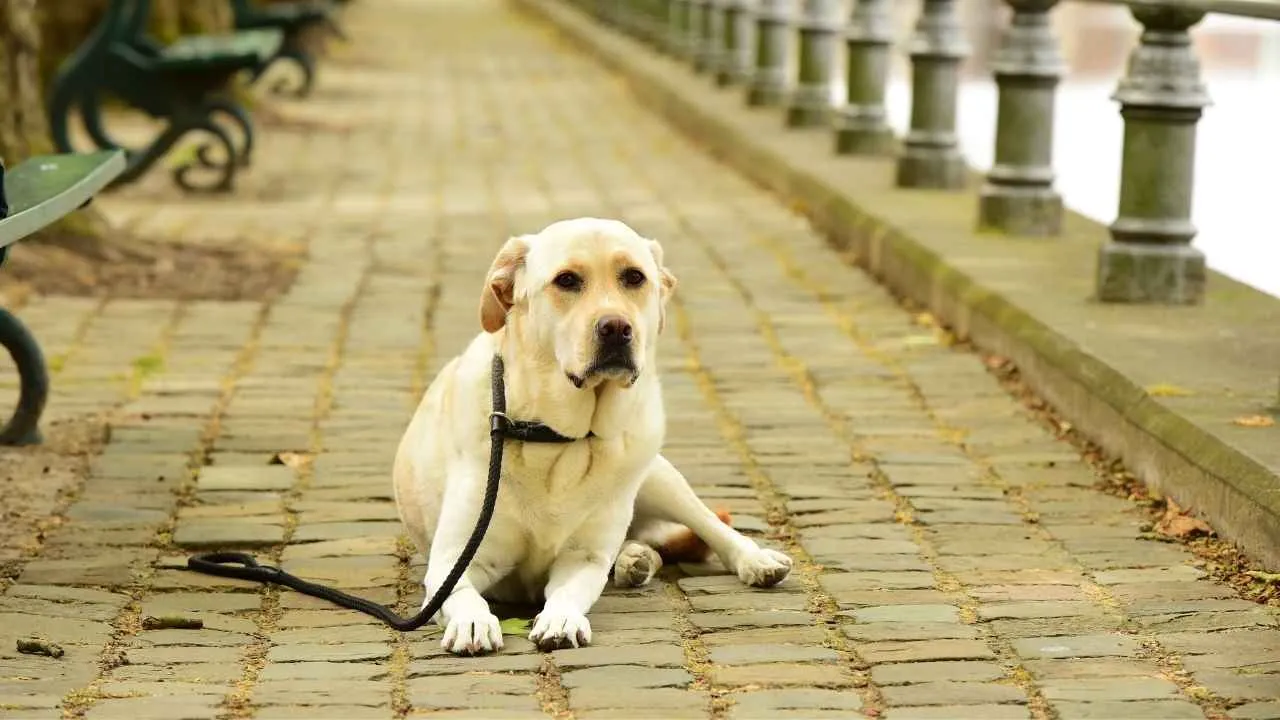
Labrador Retrievers are the second most popular dog breed in the US. They were first bred to help fishermen and hunters. They have now evolved into loyal family pets, according to PetMD.
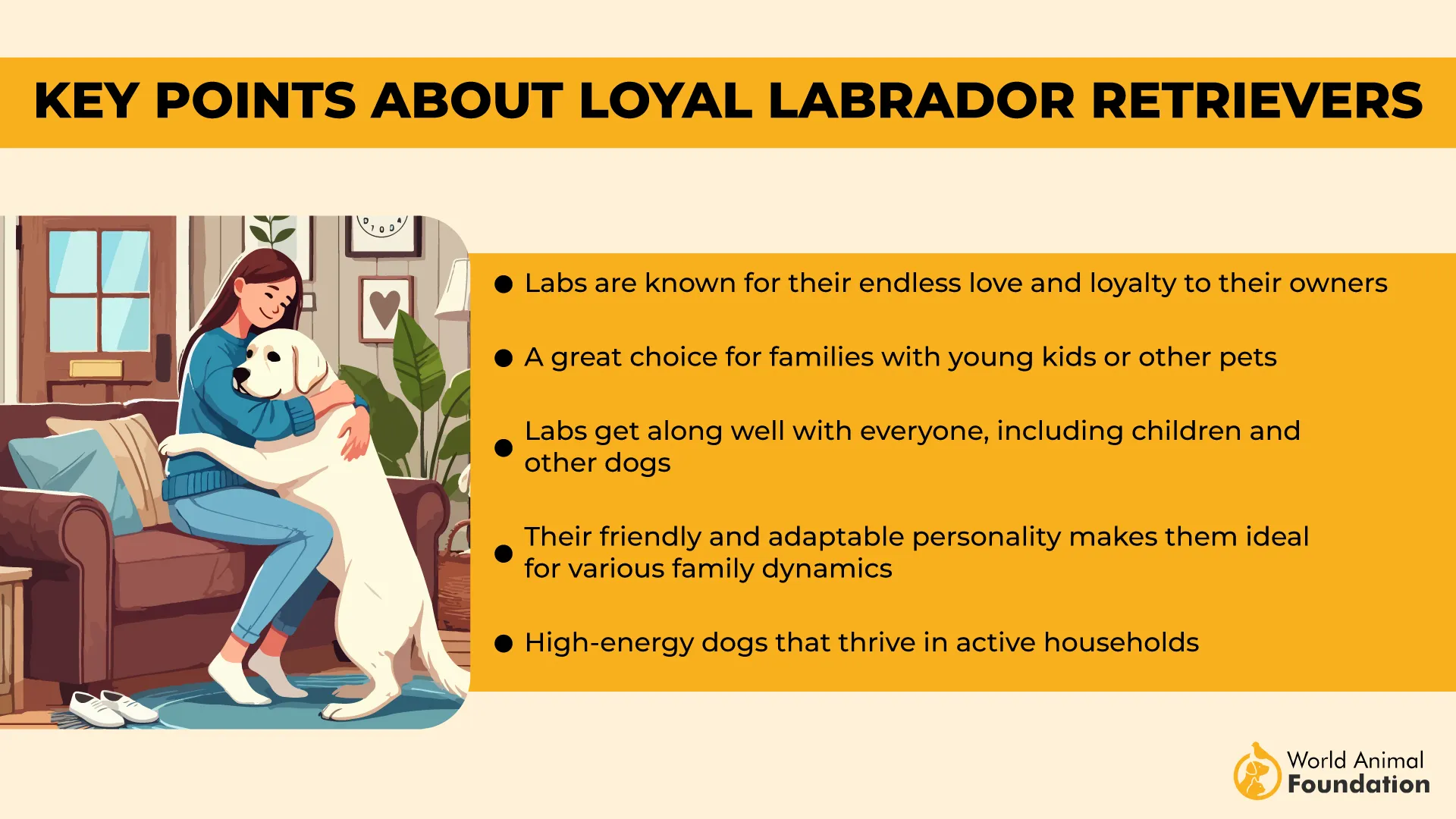
Labs may be adorable, but they are super messy when it comes to food. They love to eat and usually do it very fast. They hardly take pauses to breathe when eating. Younger Labs are even messier. They chew on everything and even tear toys apart.
To manage mealtime better, use a heavy bowl that doesn’t move. A designated area for feeding helps keep the mess in one spot. A slow feeder can also help them eat at a better pace and can reduce dropped bits.
5. Pug
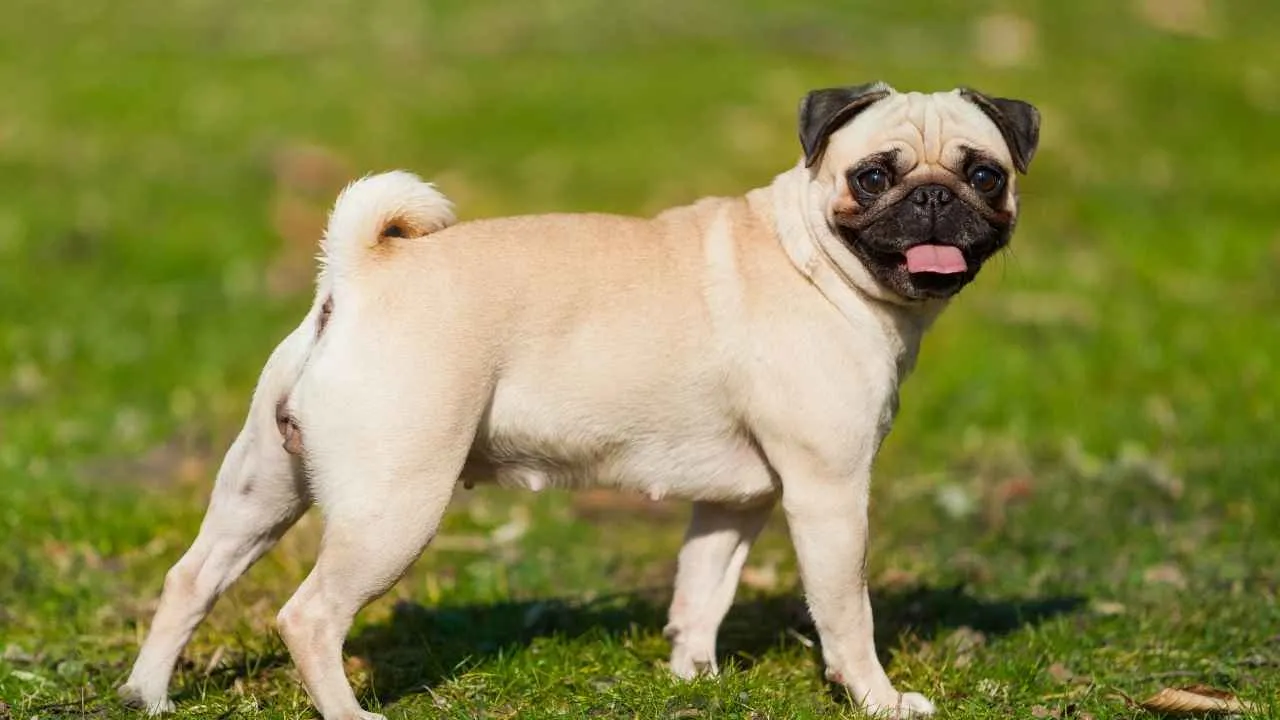
Pugs come from China and have been loved for centuries for their cute faces and affectionate natures. They are great with families and love being around people. Their smooshed-up faces and big eyes make them hard to resist for anyone.
But Pugs are also very well known for their messy eating habits. Their flat face and wrinkled skin make it difficult for them to eat and drink neatly. Additionally, they snort and snuffle while they eat. This sends food flying in every direction.
A mat under their bowl helps keep the mess in one place. You can also use special flat-faced dog bowls. It makes it easier for them to eat without spilling. And don’t forget to wipe their face after meals to avoid infection from food stuck in their facial folds.
6. Beagle
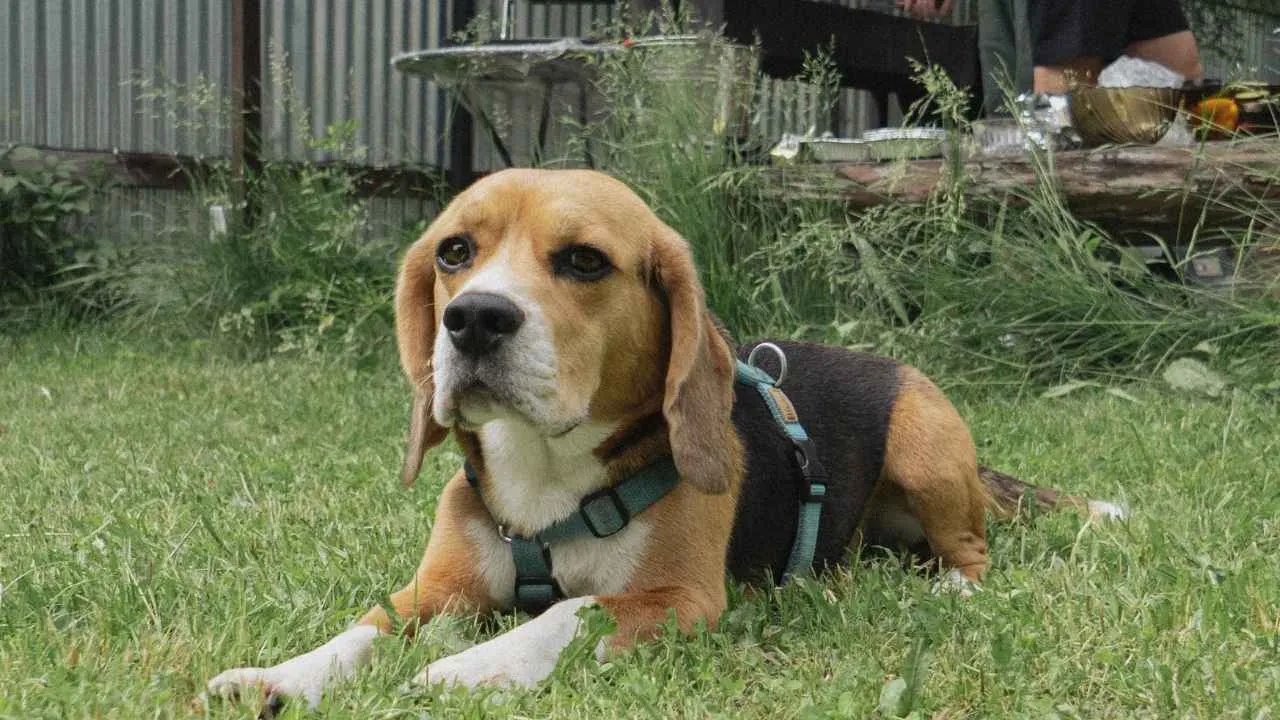
Beagles are medium-sized dogs with floppy ears and a dense double coat. They were originally bred for hunting small animals. Today, they are loving family pets that enjoy their food and going on walks. They are also pretty receptive to training.
Beagles often rush through meals because of their strong sense of smell. They focus more on finding every last bit than on keeping the bowl clean. You will often find food spread across the floor after mealtime. Some beagles also knock over containers or bags in search of more kibble.
To help manage this, feed them in a designated area away from stored food. Using puzzle feeders can help slow down their eating and keep things cleaner.
7. Newfoundland
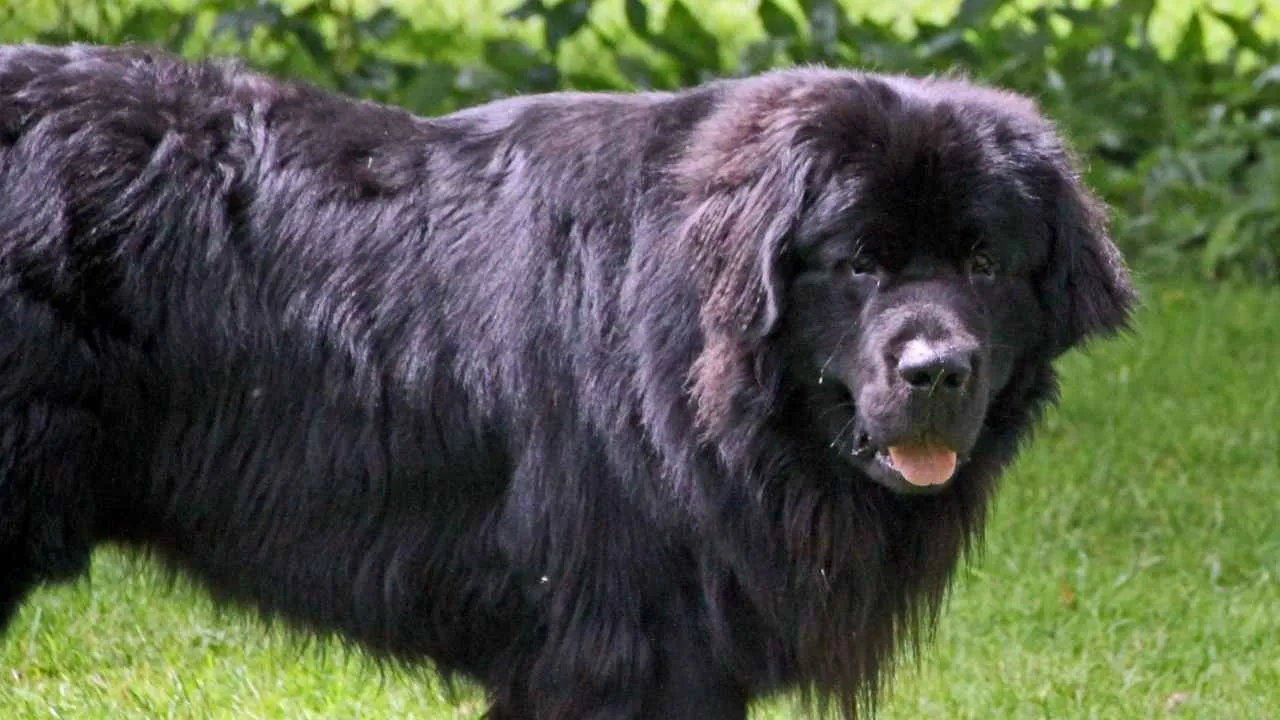
Newfoundlands are huge and gentle dogs that come from Newfoundland Island in Canada. WebMD says that they were once used by fishermen to pull nets and haul carts. These gentle giants are strong swimmers with webbed feet and thick coats that help them in cold water.
With all that size often comes a big mess. Newfoundlands love both food and water, and they eat with excitement. Their large mouths, loose lips, and heavy jowls make it hard to keep things clean. Food often falls out, and they leave puddles around their bowl.
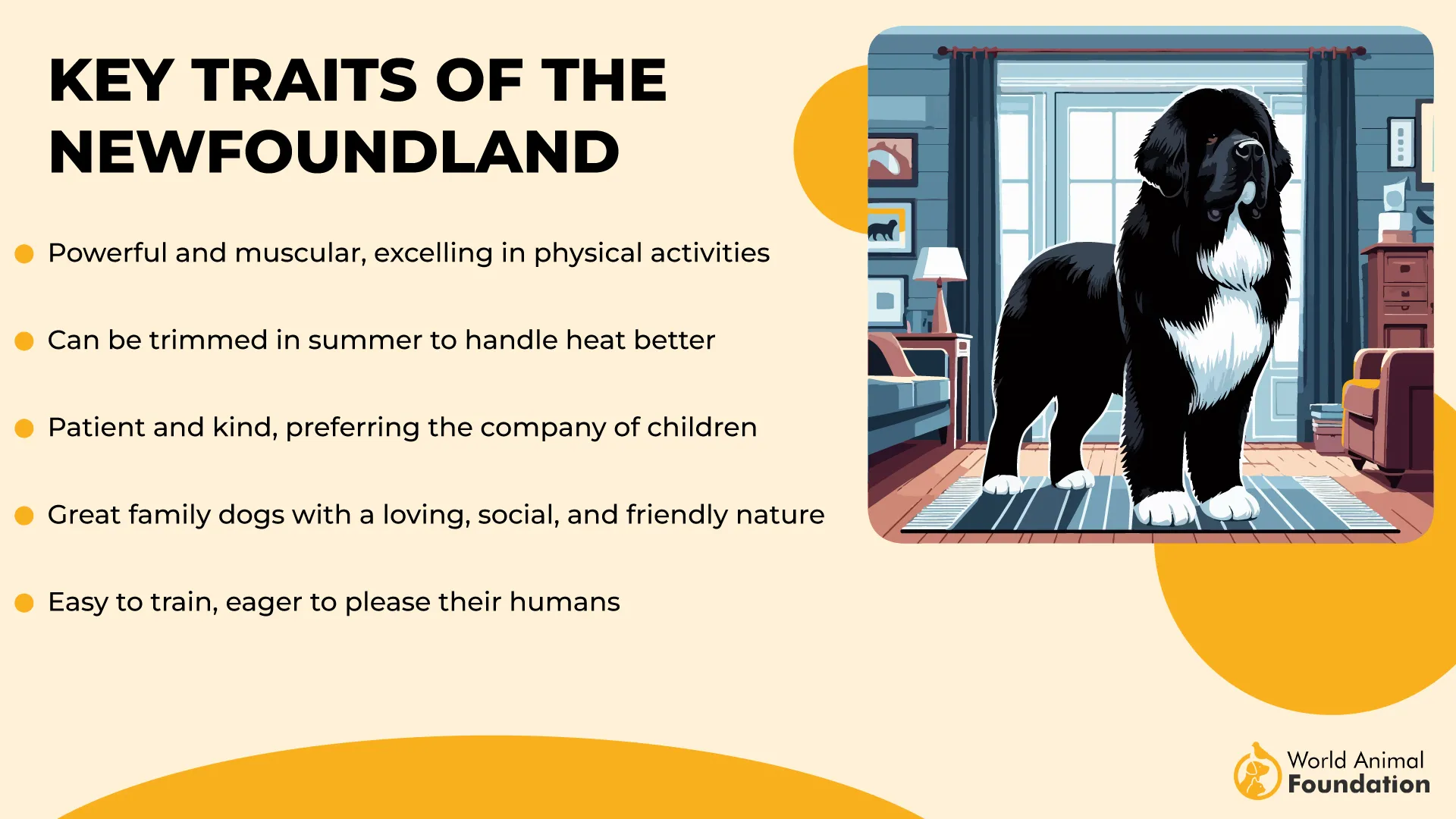
Splashing and spreading water is very common with this breed. Their eating habits can be tough to manage, but you can use a raised bowl and a big mat in a designated area to make cleanup easier.
8. Basset Hound
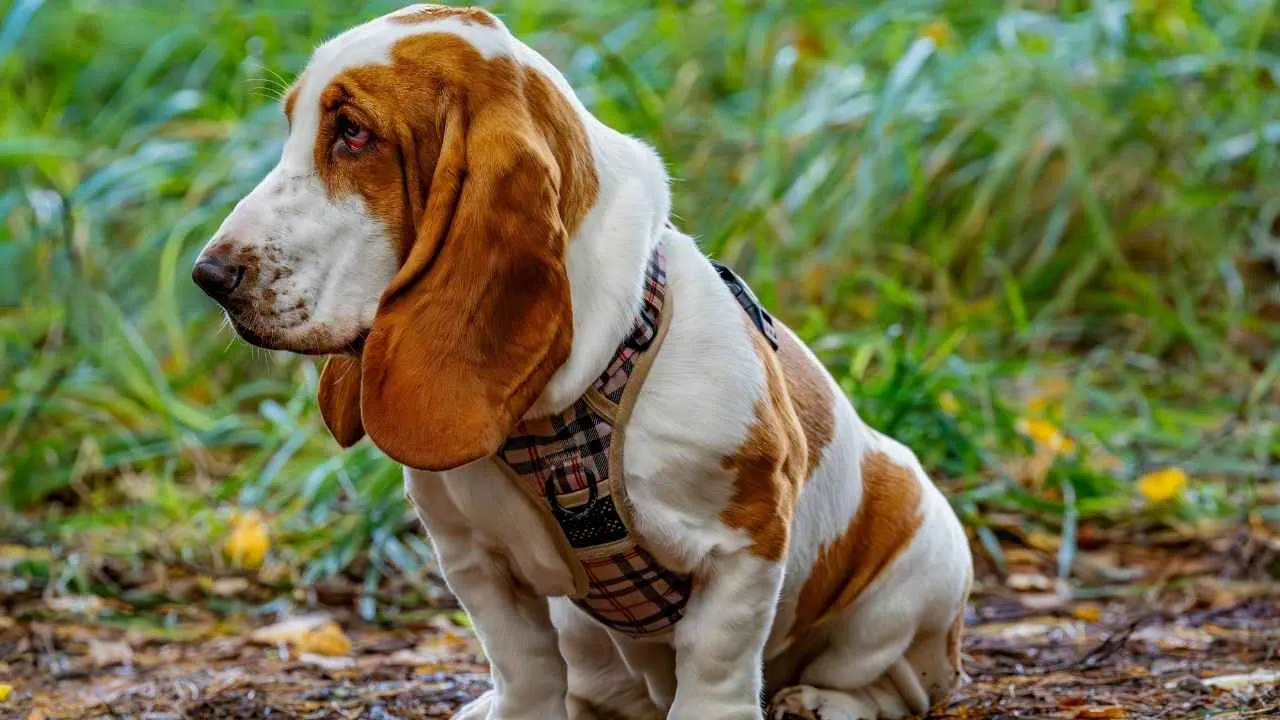
Basset Hounds are sweet and calm dogs that first came from France. Their name comes from the word “basset”, which means low. They were bred to track small game slowly. This made them great for hunting on foot.
But they are very messy when it comes to food. Their floppy ears often fall into the bowl, dragging food and water across the floor. Bassets also drool, especially when waiting for a meal. That adds to the mess in their designated area.
They eat slowly, but they still spill a lot. Some even try to steal dog food from counters or the table. Bassets can also be prone to overeating if left unsupervised. They should have slow feeders as well as a large mat in their feeding area.
9. Great Dane
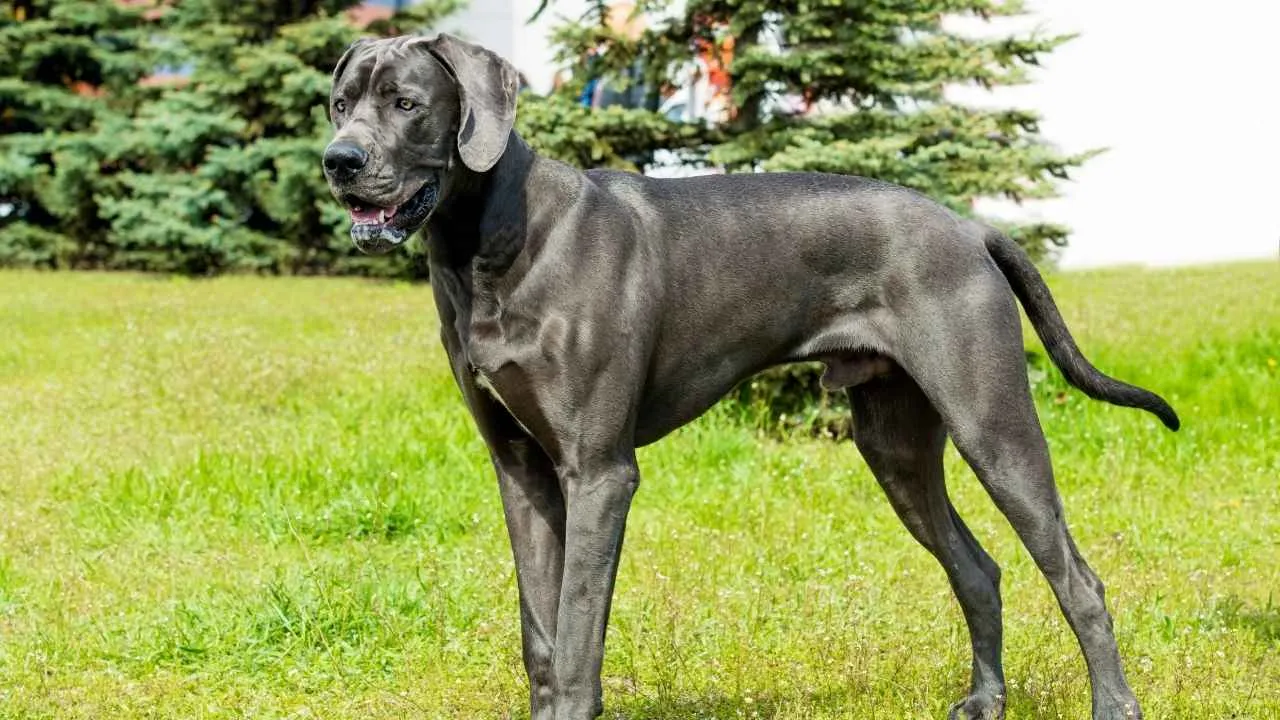
Great Danes are tall and proud dogs known as “majestic giants.” They were once bred to hunt wild boars. Their size also makes eating a bit untidy.
These dogs have large mouths and loose jowls. That means lots of drool and lots of food and water ending up on the floor. As a large breed, they eat and drink a lot. So even a small spill can become a big mess. Their excitement at mealtime also causes food to spread beyond the bowl.
An elevated bowl helps control the mess and makes it easier for them to eat. But still be ready to wipe up dropped kibble and puddles in their eating area.
10. Shih Tzu
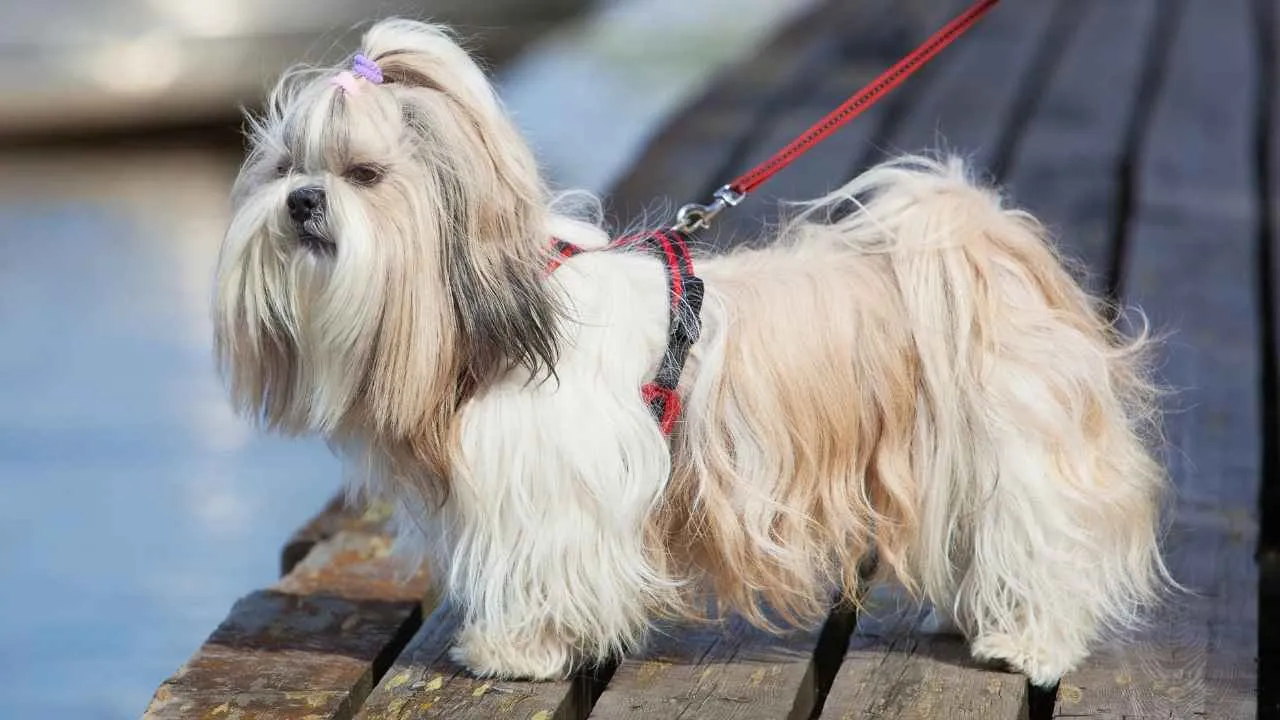
Shih Tzus are small and loving dogs that were once kept by Chinese royalty. The American Kennel Club mentions that their name means “little lion,” and they are most likely the result of a cross between the Lhasa Apso and the Pekingese.
Their flat faces and small mouths make it hard to grab kibble neatly. They often push food out of the bowl or carry it to another room to eat. Some even drop half their food on the floor before they are done.
Owners may also notice that food gets stuck in the fur around their mouth. It is essential to clean it. Use flat-faced dog bowls as well to make eating cleaner.
Conclusion
Messy eating is part of the deal when you live with certain breeds. It can be the Pug snorting at the bowl, the Labrador dropping kibble, or the Great Dane splashing water. These are part of their breed traits, and mealtime can get wild with all of them.
But that’s just one of the many things that make our dogs so special. You can manage the mess and enjoy your time with your furry friend. Just get them the right bowl, an easy-to-clean mat, a designated feeding area in the house, and a little patience.
Just remember: they don’t do it on purpose. It’s just how they are built.
So grab a towel, wipe the floor, and give your dog a smile. Messy or not, they make our lives a whole lot better!


